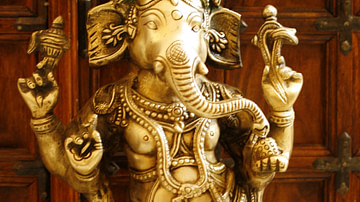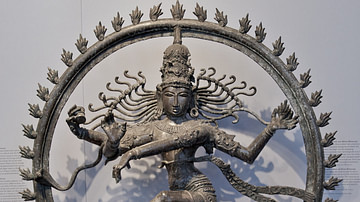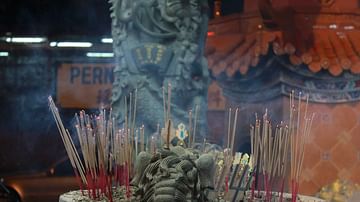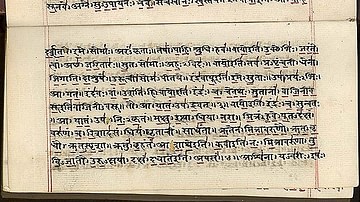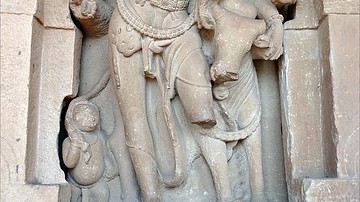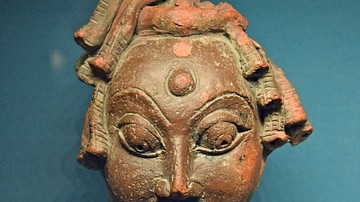Video
Cite This Work
APA Style
Museum, T. B. (2016, February 07). The making and worship of Ganesha statues in Maharashtra. World History Encyclopedia. Retrieved from https://www.worldhistory.org/video/677/the-making-and-worship-of-ganesha-statues-in-mahar/
Chicago Style
Museum, The British. "The making and worship of Ganesha statues in Maharashtra." World History Encyclopedia. Last modified February 07, 2016. https://www.worldhistory.org/video/677/the-making-and-worship-of-ganesha-statues-in-mahar/.
MLA Style
Museum, The British. "The making and worship of Ganesha statues in Maharashtra." World History Encyclopedia. World History Encyclopedia, 07 Feb 2016. Web. 19 Apr 2024.
